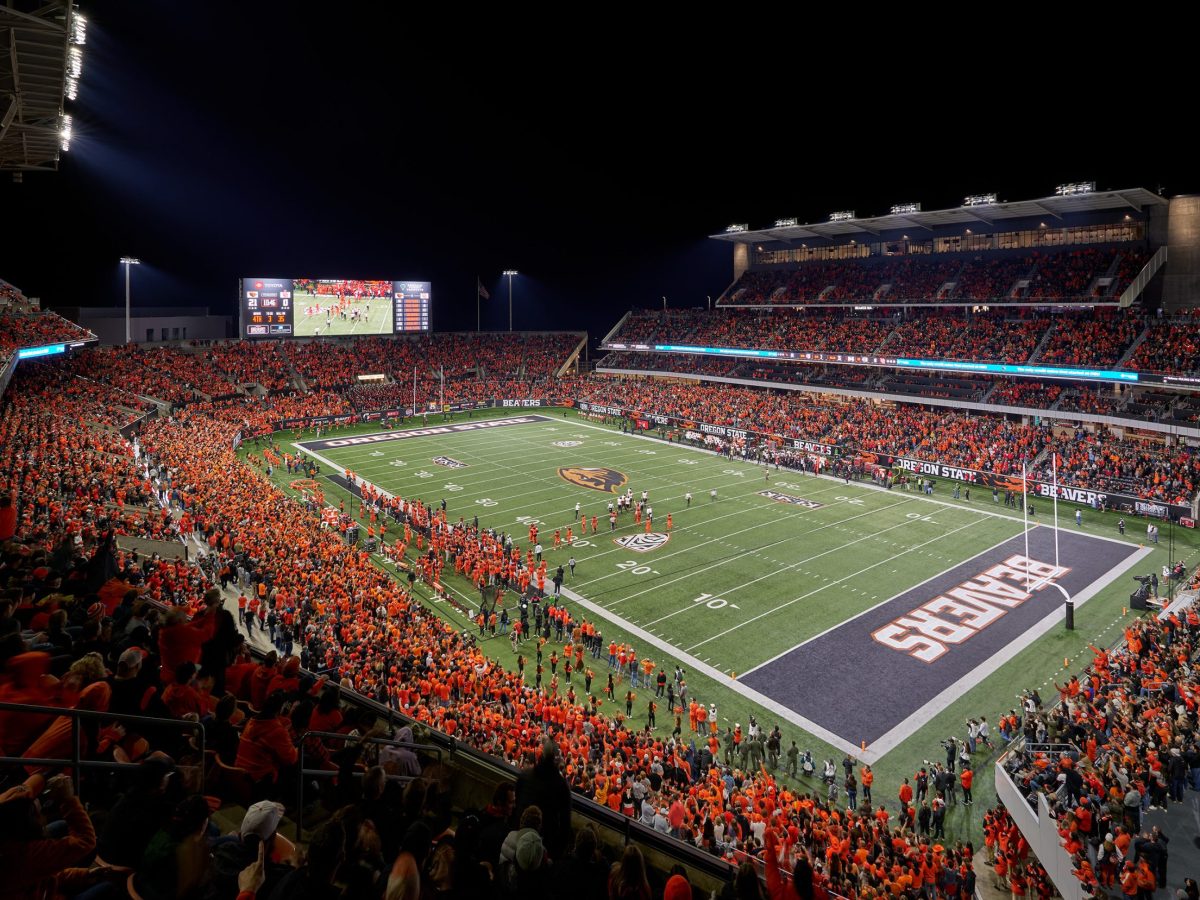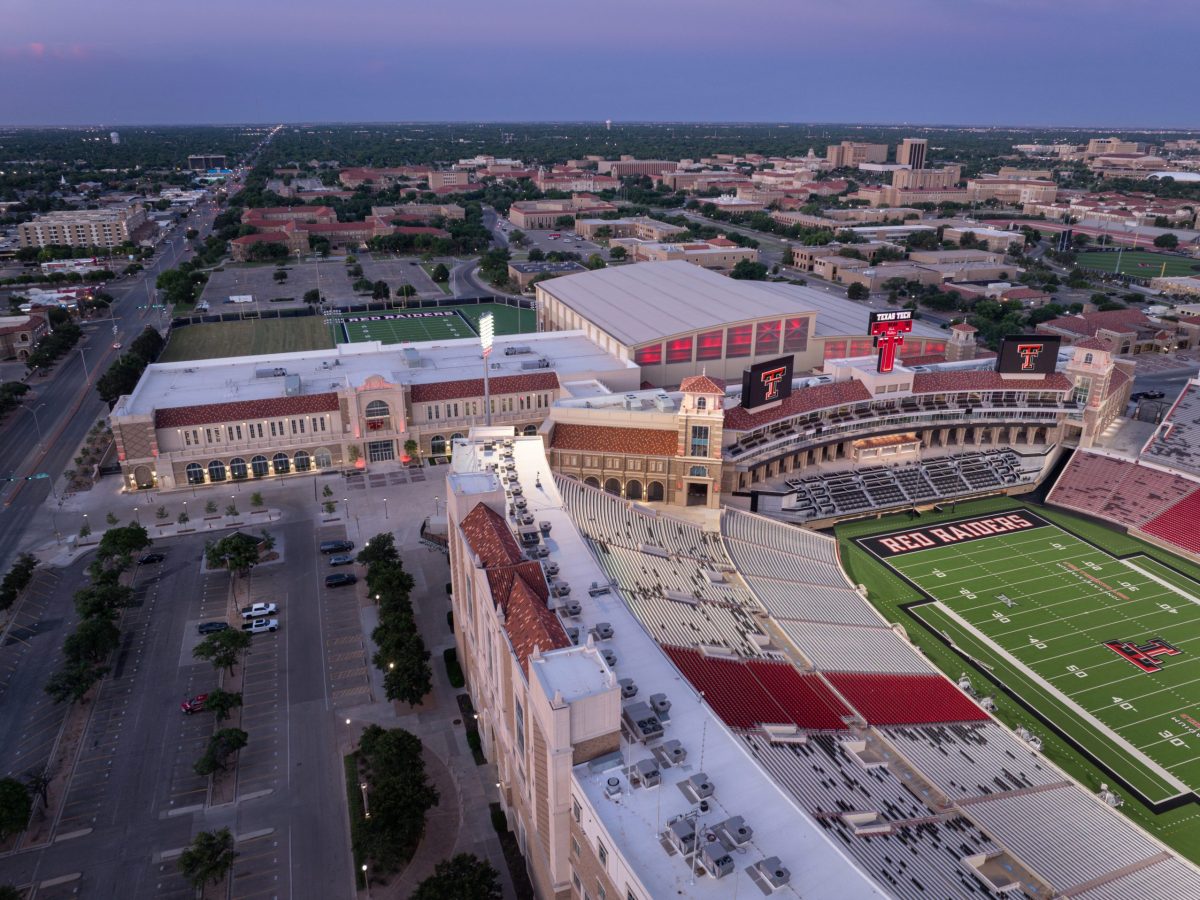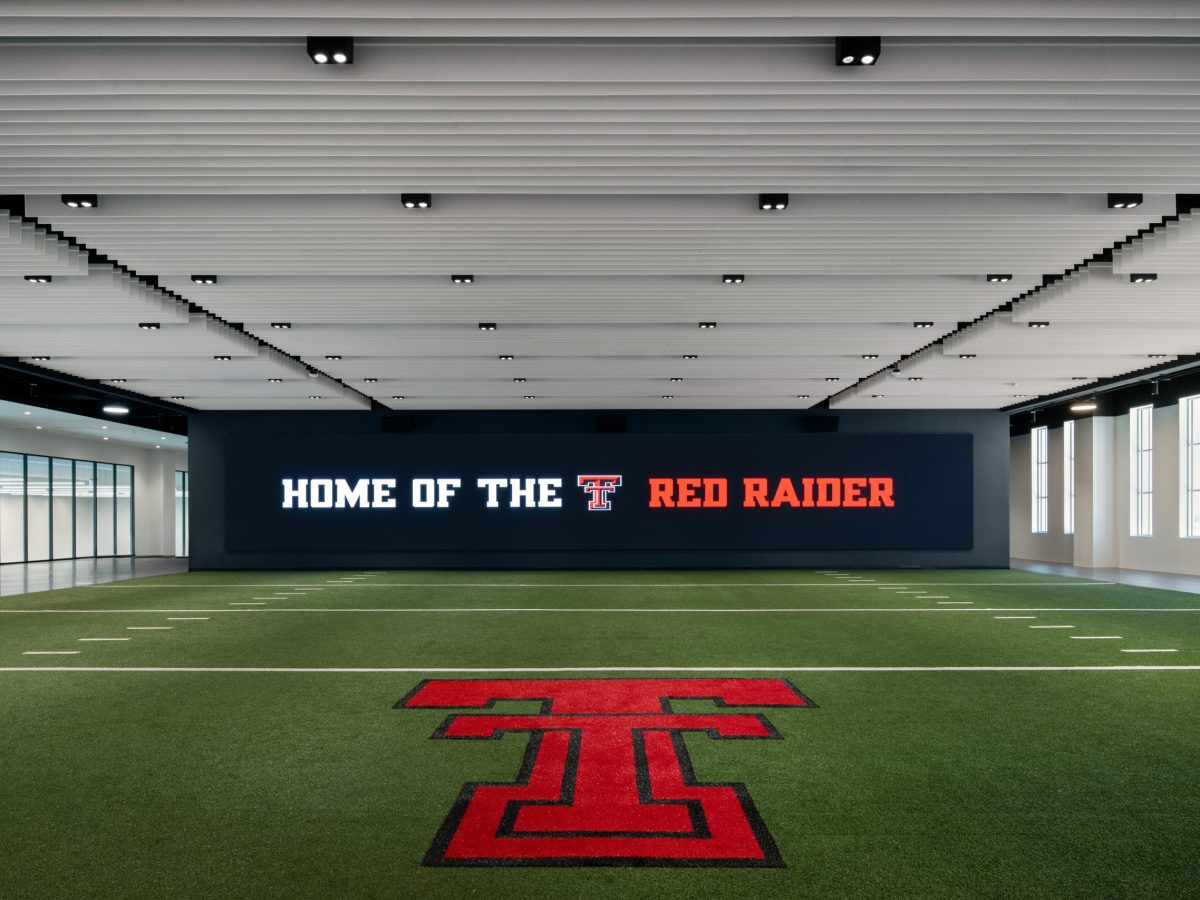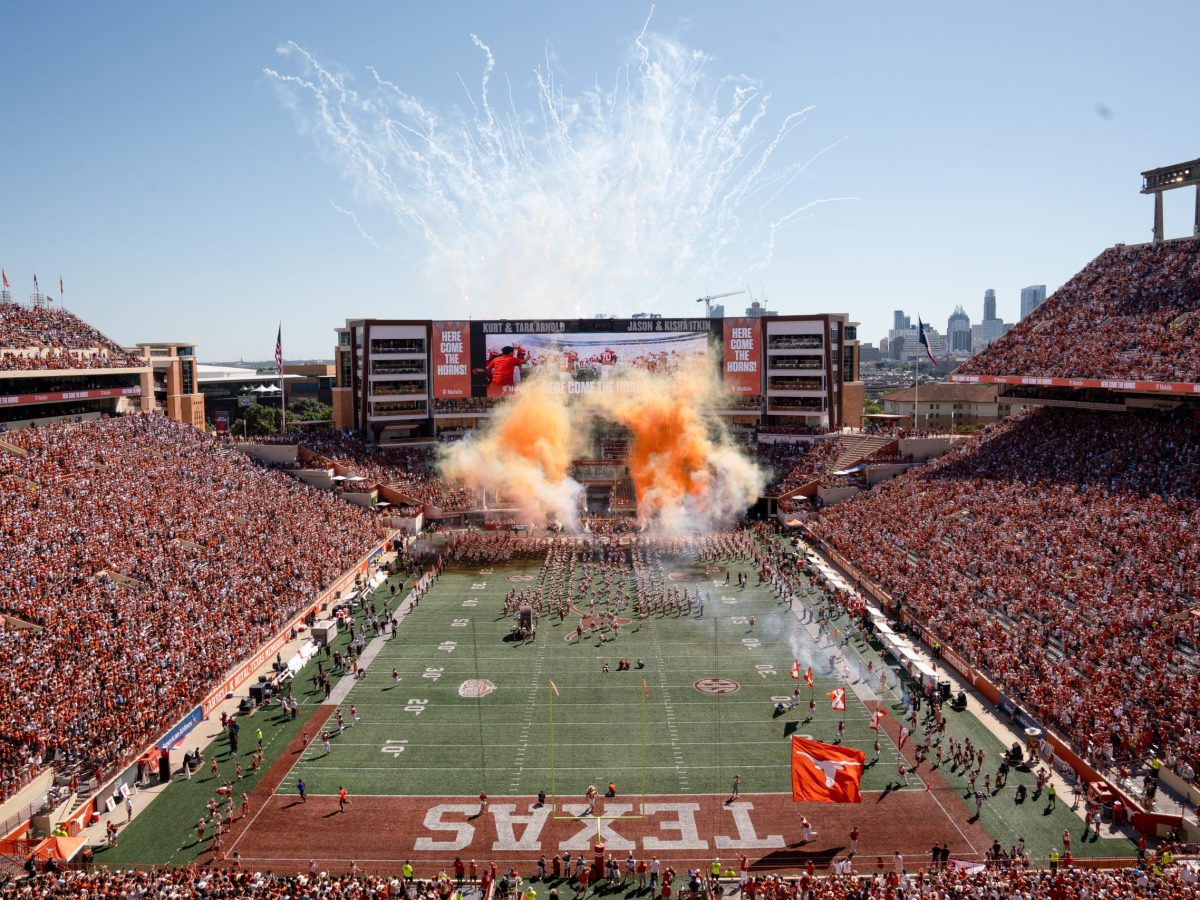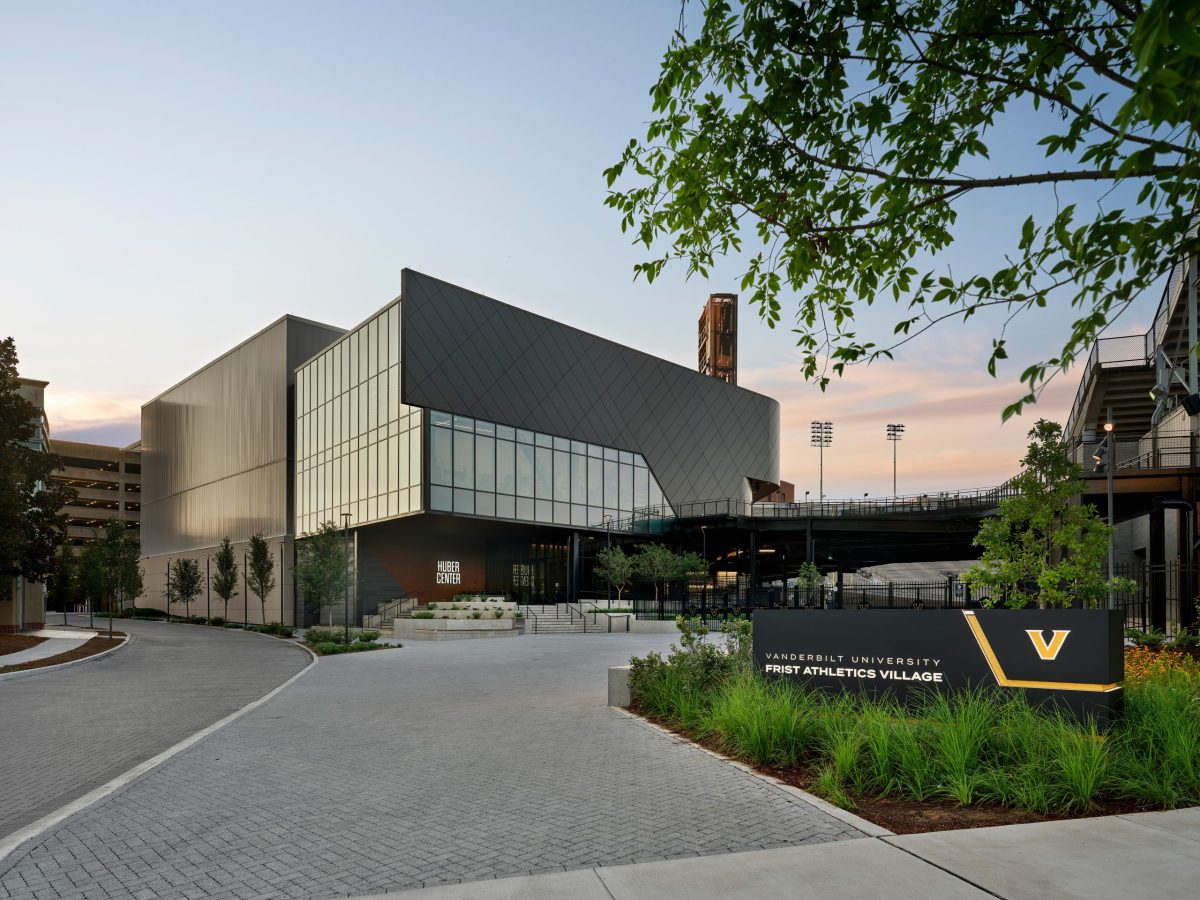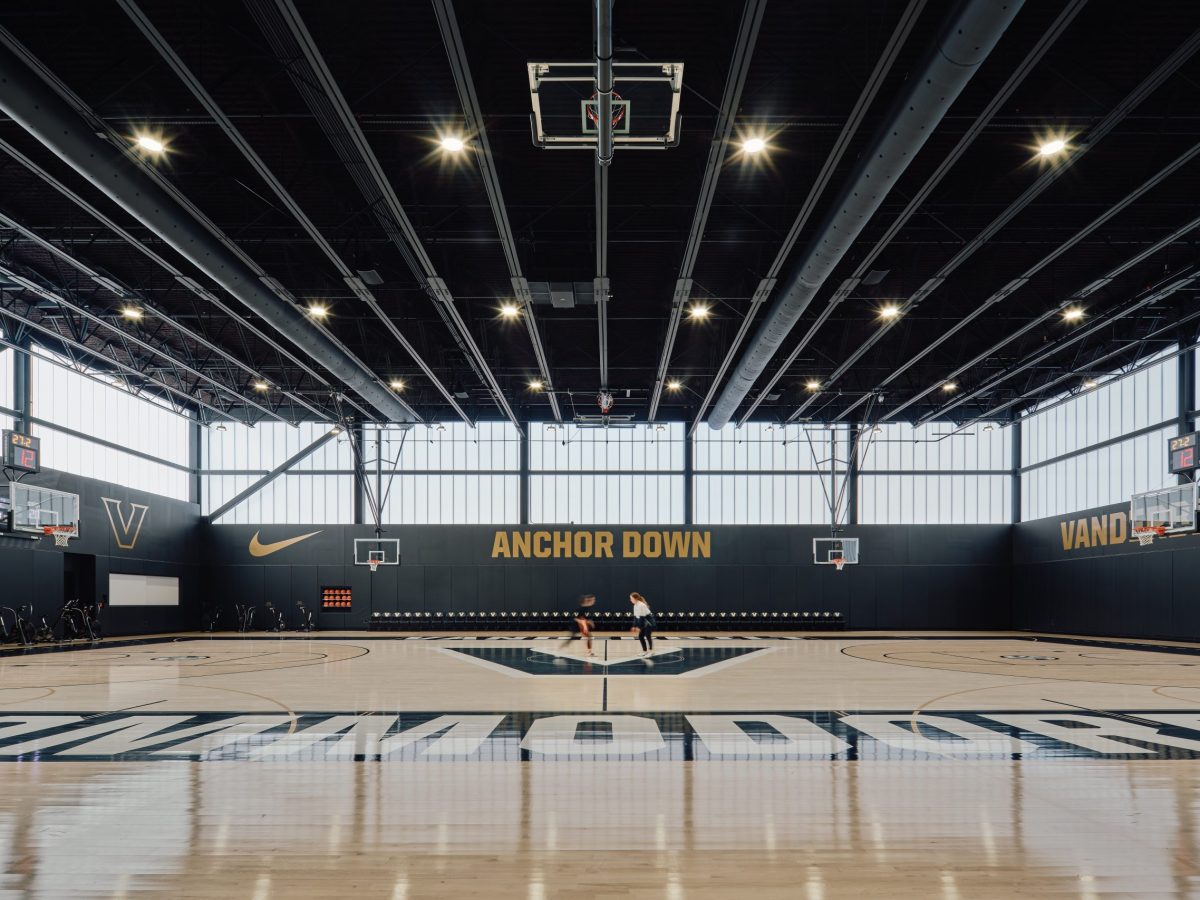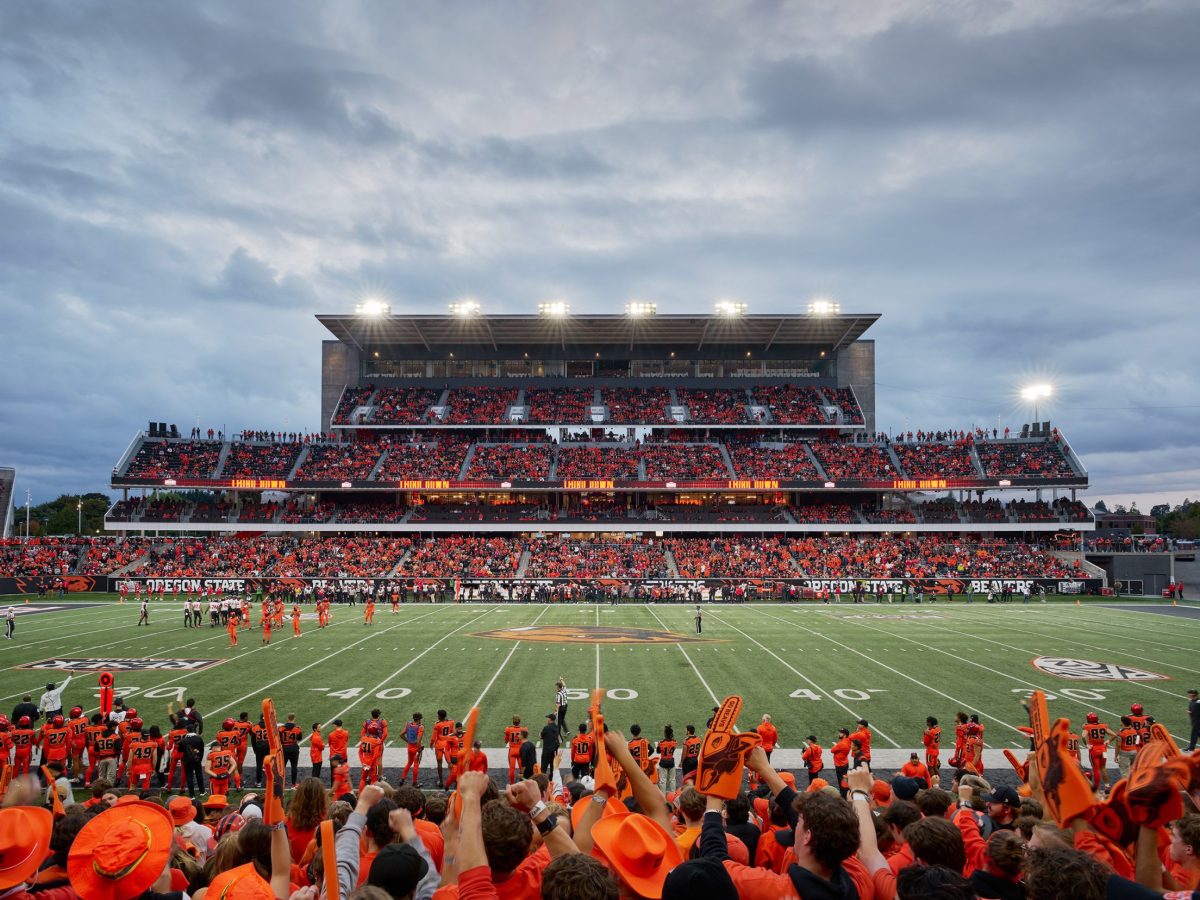November 7, 2025
Long Live Legacy
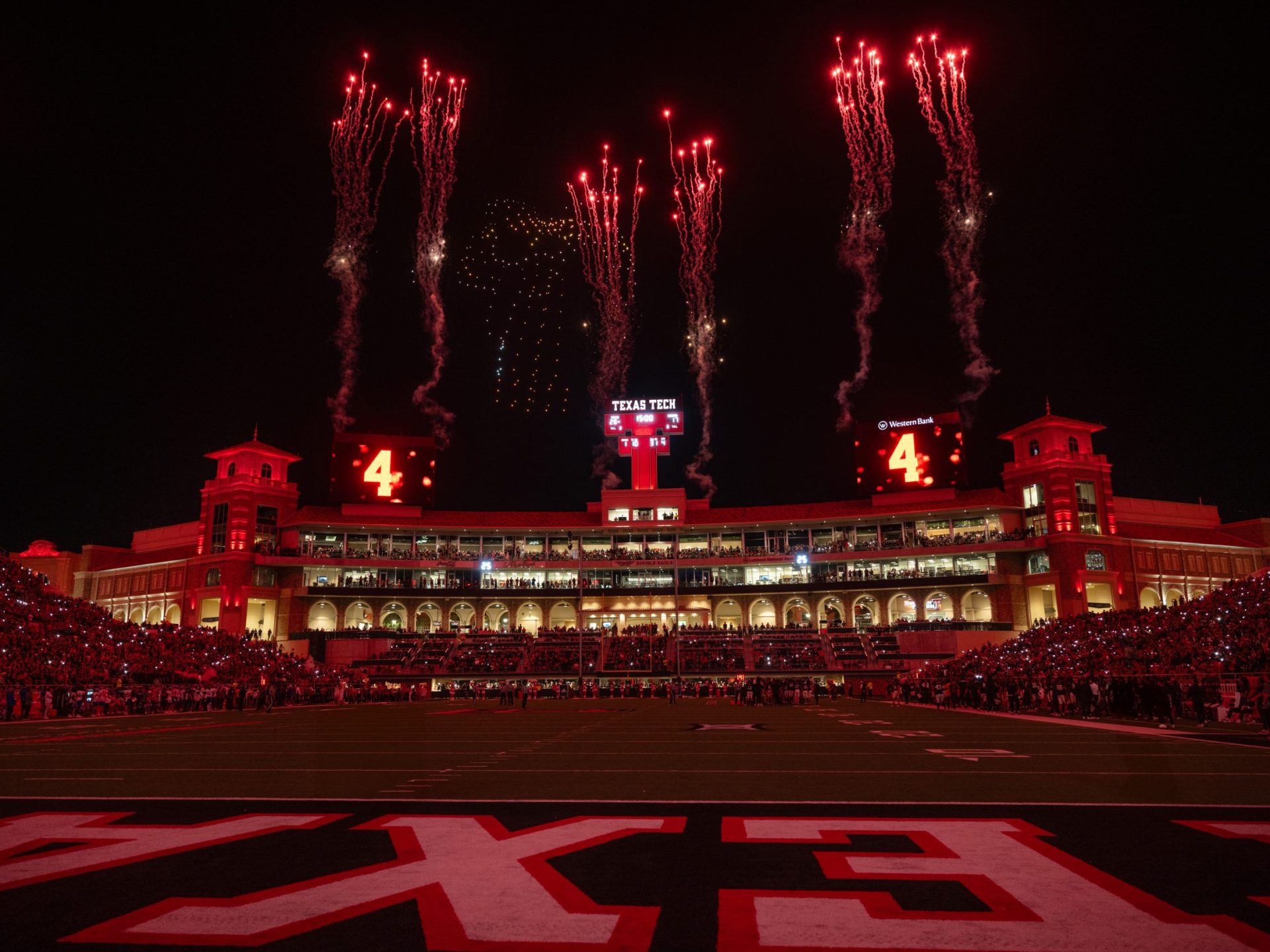
Whiteout at Happy Valley. Ralphie’s run. The Spartan Walk. Chief Osceola planting the spear. The Sooner schooner. The 12th Man. Electric traditions like these and so many others are a significant part of what makes the collegiate fan experience like no other. Some traditions are more physically rooted in a particular space than others; yet it’s imperative that, no matter how a campus’ venues and facilities evolve, traditions are protected, legacies are ensured, and nostalgia is non-negotiable.
College sports is a raucous collision course of unabashed pride, unflinching loyalty and unadulterated joy: a thrilling combination for fans, players and Athletic Department staff.
That same mix of emotions amplifies our passion for design in collegiate sports.
The collegiate sports market has undergone significant changes in the past several years, notably the confirmation of Name, Image, Likeness rights and the House settlement, which resulted in a revenue-sharing framework that started to take effect as the fall 2025 semester began. As problem-solvers, we use design to help colleges and universities meet their challenges head-on and enter a new era that remains rooted in legacy while also empowering a new take on collegiate fandom for more people than ever. How exactly do we strike this balance? We’ll show you.
Navigating an inflection point
Decades-old collegiate stadiums demand upkeep, but it’s not always as simple as modernizing a facility to revive aging infrastructure. Fan experience is paramount: what keeps fans engaged, enthusiastic and coming back for more? How does a modern space remain steeped in legacy and tradition? Seismic shifts like Name, Image, Likeness, the transfer portal and revenue sharing have colleges and universities in a vise-like grip, demanding aggressively higher revenue generation.
We are at an inflection point: one that requires holistic innovation, inventive problem-solving and an innate understanding not only of collegiate athletics, but also the larger sports and entertainment markets, the psychology of fandom and the true power of community.
What follows is a closer examination of three of the factors guiding the evolution of collegiate stadiums and a glimpse of what’s possible in this new era.
1. Literal game changers
Most collegiate stadiums were built in the first half of the 20th century. In the ensuing decades, changes have reconditioned collegiate athletics and fandom like a fast-moving chain of dominoes, altering how games are viewed, the demand for revenue and fan experience expectations in an economy where attention spans are more divided than ever. Then, factor in required facility maintenance and updates to aging infrastructure, which are critical to the brand experience but are often deprioritized to ensure revenue sharing fulfillment, and the budgetary balancing act becomes even more precarious. More schools are facing difficult decisions about the future of their athletics venues, where they’re located and how to ensure proud traditions and history aren’t erased at the expense of modernization.
Texas Tech: The power of the investment engine
Texas Tech University represents a common scenario in the collegiate market: the union of existing facility renovation coupled with a new project. The result proved much less common. A $242 million project connecting Texas Tech University’s newly built Womble Football Center, the newly finished South End Zone complex and the existing practice facility constitute one of the largest contiguous football facilities in the country, empowering a new era of peak connectivity and performance for this Big 12 team.
The 2025-26 football season marked the university’s first season with the full complex complete, which Defensive Coordinator Shiel Wood dubbed “The Football Resort.” Based on recent powerhouse recruits, it’s clear that the complex is a strategic and showstopping part of GM James Blanchard’s experiential approach.
“We gotta get people out here to see [Texas Tech],” Blanchard said in a podcast interview with Adam Breneman. “Once they see it, they’ll love it.”
Optimizing student-athlete performance was among the top priorities of this project, but the broad scope and significant budget also enabled exciting premium options that range from two-story Tower Suites to a below-ground Field Club.
“The Texas Tech project is a full-circle moment for team performance, fan excitement and revenue generation,” said Kevin Plath, associate principal at Populous. “Here’s a prime example of what happens when you renovate facilities and invest in the player, recruiting and fan experience.”
2. The unceasing demands of shared revenue
July 1, 2021, instantly became a transformative date in collegiate history, when it confirmed Name, Image and Likeness rights that allowed student-athletes to earn profits. NIL rights sparked a domino effect, leading to additional transformation in how athletic departments, in partnership with schools and universities, pay student-athletes.
Years later, the collegiate athletics industry continues to navigate turbulence. While NIL rights went into immediate effect, Athletics Departments struggled to establish fair, equitable and consistent practices.
The recent House vs. NCAA settlement helped mitigate some of these challenges, introducing parameters that guide equitable student-athlete compensation and the creation of the College Sports Commission, which oversees payment enforcement and investigates potential violations.
Complex challenges remain as schools and universities — especially coaching staffs — factor in the transfer portal, which amplifies pressure on student-athlete recruitment and retention; and revenue sharing, now a formal model as a result of the House settlement. Uncertainties persist, too, including the outcomes of two competing pieces of federal legislation — the SCORE and SAFE acts — both of which are intended to help regulate college athletics through the creation of federal NIL standards and other provisions.
The new imperative is clear: generate more revenue — and quickly. In the professional sports market, increased revenue is driven by the diversification of premium seating products, extension of game day fandom beyond the venue and enhanced access to bespoke experiences. Together, these revenue producers offer the collegiate athletics market a natural pipeline that establishes a range of ticket options across a spectrum of incomes and ages to keep people engaged after graduation and as they ascend into their careers. Many collegiate fans reach a point where their investments become two-fold, funding experiences and philanthropy to diversify the revenue pipeline in a way that supports capital improvement projects and other key initiatives, including attracting players at the pinnacle of their craft.
The student experience is just as critical but requires thoughtful nuance to keep students energized but not priced out of their beloved spaces and traditions. The University of South Florida has made a significant investment in the experiences of their next-generation donors as part of their new on-campus stadium, creating a vibrant environment bolstered by student clubs, safe standing space, and even a dedicated DJ, among other student-centric perks.
For fans with more spending power, a similar diversification of premium options continues to take hold in the collegiate market, led by pioneering product offerings like the University of Texas’ living room loge boxes; Oregon State University’s plug-and-play seating bowl; or Vanderbilt University’s first-of-its-kind stacked suites. Innovative updates to the bowl story — all-bench seating replaced by more than a dozen premium options along the west side of Florida State University’s Doak Campbell Stadium, for example — continue to surprise and delight fans, creating a similar investment pipeline that keeps pace with a collegiate fan’s lifelong allegiance. Those investments, in turn, help athletics departments generate more revenue, justifying the initial expense of stadium improvements.
Modernized stadiums are also better equipped to generate revenue on “dark days” when venues aren’t used, whether during in-season byes or away games or most days in the off season. Other sports and entertainment-focused events, including concerts, community and campus events that range in scale from utilizing the entire facility to specific spaces. Populous works with each client to help bring these concepts to life, bolstering their operational capabilities to help make the best use of the facility while also minimizing the impact to operations costs should only parts of the facility be used on dark days.
The key for colleges and universities is to preserve the balance between a vibrant collegiate-branded environment and a more brand-agnostic space designed for seamless digital asset integration that allows the house to quickly change for an array of events.
Navigating that balance — and the opportunities that result — is what we do at Populous every day. It’s crucial in every project to maintain that storied collegiate legacy while also meeting the modern needs of NIL and revenue sharing.
When design reveals opportunity: FirstBank Stadium
Vanderbilt University’s FirstBank Stadium is a prime example of seizing unexpected opportunities to improve fan experience, athlete performance and revenue generation.
A multi-phase project kicked off with the enclosure of the stadium’s North End Zone to enable a surprising and valuable addition: the Huber Center, a state-of-the-art basketball training facility designed to nurture student-athlete performance and also boost connection and connectivity within Vanderbilt’s athletics neighborhood. A renovation to the stadium’s South End Zone followed, opening for the 2025-26 Commodores’ football season with the debut of a first-of-its-kind suite stack that puts ticketholders much closer to the on-field action.
Now, a stadium that previously had little premium product, along with a complex urban location, has transformed from a game day-specific stop into a year-round destination. That’s in part due to the Training Table, an expanded dining facility where student-athletes optimize their nutrition. On game days, the Training Table easily morphs into a premium hospitality environment, driving additional revenue as part of a collection of spaces and experiences that are uniquely Vanderbilt.
No matter how revenue-focused features like premium seating and sponsor activations are integrated into the stadium, inclusion is critical to collegiate fandom. Welcoming people at every stage of their fandom journey helps cultivate a lifetime investment that’s both emotional and financial.
“There has to be an experience for every fan and at every ticket level,” said Jenny O’Grady, associate principal, Brand Activation at Populous. “And it’s just as important to understand how a fan’s game-day experience unfolds outside of the venue. Our in-house Brand Activation team applies a critical eye — and a genuine love of collegiate sports — to identify locations inside and outside the venue that help bolster incremental and long-term revenue gains. This sort of strategic and experiential branding not only generates revenue; it also keeps fans connected to the campus and their team no matter where their lives take them.”
3. Protecting authentic fandom (and why it matters)
It’s no accident that one of the most important college events is Homecoming.
“There’s something very sentimental about going back to your alma mater and reliving that college experience,” said Jeff Funovits, campus planning director and principal at Populous.
That opportunity to come home — to relive beloved traditions and make new memories — is one of the most appealing aspects of collegiate fandom, and why collegiate pride is so often a lifelong passion. The fandom lifecycle is yet another factor in the larger fan experience that requires balance, especially in the places where fans gather.
“How do we modernize our venues and still keep the collegiate experience — that’s a challenge,” Funovits said. “People love coming back to campus, rekindling friendships and spending time with family. They tolerate what happens in the building, such as sitting on an aluminum bench for three hours.”
Of course, there are people who covet those bench seats — what collegiate game would be complete without a boisterous, paint-smeared student section?
That’s where a greater range of price points, including premium seat offerings, makes sense. Expanded access means more people get what they want. That’s why a critical part of the Populous design process includes leveraging fan data as amassed through revenue studies and fan demographics. That target-rich insight helps guide the spread of premium product offerings across the spectrum of ages and incomes.
Take the University of South Carolina’s Williams-Brice Stadium, for example. As it exists today, the stadium has the lowest number of suites in the SEC. A Populous-led master plan that included analyzing fan data revealed the opportunity for a host of new premium offerings, including a new style of loge boxes, more suites and club seating. Phase one construction won’t begin until the current football season concludes, but nearly a dozen Founders Suites have already sold based just on project renderings.
“Demand is through the roof,” Plath said.
O’Grady cited a compelling shift that’s made fan input and enjoyment such a critical part of the collegiate sports equation. It’s no longer enough to offer a return on a fan’s investment; what’s the return on the experience?
“The key is authenticity,” O’Grady said. “It needs to feel like college. The true college fans want that experience, those traditions.”
Those experiences are how legacies are built in real time: one tailgate, one play, one chant, one game at a time. And that’s why, amid the numerous challenges dotting the collegiate landscape, the opportunities are so compelling. Collegiate fandom spans time and space, requiring stadiums and facilities to become so much more than destination landmarks. Instead, they’re now experiential epicenters — the beating heart of a collective being united in pride and passion.
That said, a strong collegiate brand extends beyond a stadium or a performance facility. What happens, for example, when strategic planning results reveal the strongest financial path forward hinges on replacing venues over renovating existing ones? That’s when the community-building power of tradition becomes stronger and more necessary than ever, transcending physical locations to bolster fandom wherever and whenever it happens. Why? Because collegiate fandom is a lifetime commitment. And at Populous, we can design the places and experiences that keep that commitment unwavering, where people truly love to be together.
Lead image of Texas Tech University by Matt Kocourek
Lorem ipsum dolor sit amet consectetur, adipisicing elit. Non facere corporis et expedita sit nam amet aut necessitatibus at dolore enim quis impedit eius libero, harum tempore laboriosam dolor cumque.
Lorem, ipsum dolor sit amet consectetur adipisicing elit. Illo temporibus vero veritatis eveniet, placeat dolorem sunt at provident tenetur omnis, dicta exercitationem. Expedita quod aspernatur molestias eum? Totam, incidunt quos.

